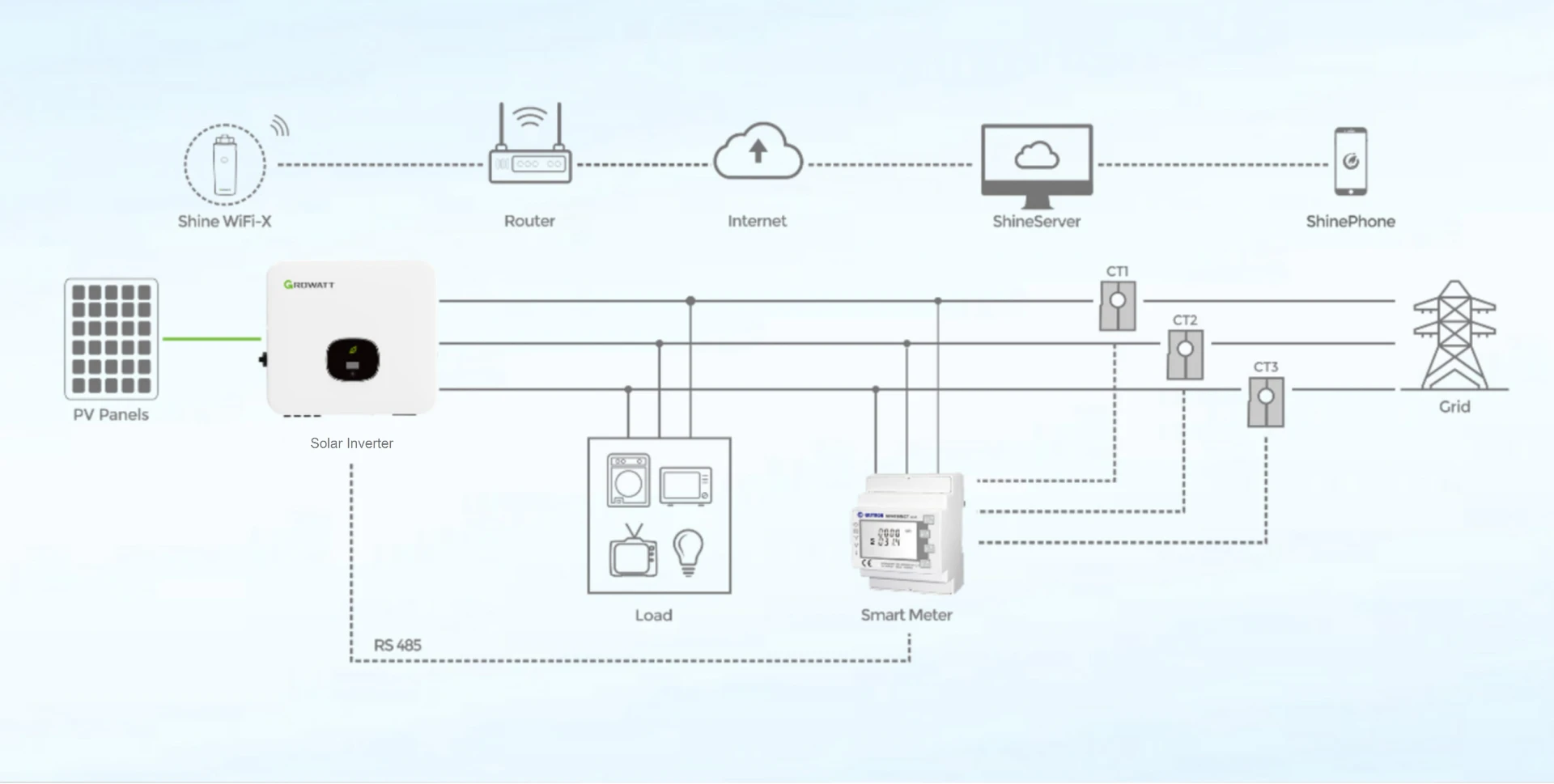Understanding the Typical Expenses Involved in Installing Solar Panels for Homes
Understanding the Average Cost of Solar Panels
In recent years, the adoption of solar energy has skyrocketed, driven by the increasing awareness of climate change and the need for sustainable energy solutions. One of the critical factors influencing the decision to install solar panels is their cost. Understanding the average cost of solar panels is vital for homeowners and businesses considering this green energy alternative. This article explores the factors that influence solar panel prices, the average costs in the market, and long-term financial implications.
Average Cost of Solar Panels
As of late 2023, the average cost of solar panels in the United States varies widely based on several factors, including the type of solar technology, the region, and the scale of the installation. On average, homeowners can expect to pay between $15,000 and $25,000 for a solar panel system after accounting for federal incentives and rebates. This average translates to approximately $3 to $4 per watt, which is a common pricing metric in the solar industry.
In most markets, solar panel prices have decreased significantly over the past decade, largely due to technological advancements, increased competition, and economies of scale. According to the Solar Energy Industries Association (SEIA), the cost of solar installation has dropped by around 70% since 2010. This trend makes solar energy a more accessible option for many households and businesses.
Factors Influencing Solar Panel Costs
Several factors influence the overall cost of solar panels, and it is essential to consider these when calculating potential expenses
1. Type of Solar Panels There are various types of solar panels, with monocrystalline, polycrystalline, and thin-film being the most common. Monocrystalline panels, known for their high efficiency and space-saving designs, tend to be the most expensive. Polycrystalline panels are generally more affordable but have slightly lower efficiency ratings. Thin-film panels are the least expensive but may require more space due to their lower efficiency.
2. Installation Costs The cost of installation can vary significantly depending on the complexity of the system and the location of the installation. Urban areas with higher labor costs may experience steeper installation fees. Additionally, rooftop installations can differ widely in cost based on roof architecture, type of roofing material, and the angle of the roof.
average cost of solar panels

3. Incentives and Tax Credits Government incentives, such as the federal solar tax credit (Investment Tax Credit, or ITC), can significantly reduce the upfront costs of solar panel systems. This credit allows homeowners to deduct a percentage of the installation cost from their federal taxes, making solar energy more financially viable.
4. System Size The size of the solar panel system is directly related to its cost. Larger systems capable of meeting higher energy demands will have a higher upfront cost compared to smaller installations. However, they may also deliver more significant energy savings over time.
5. Financing Options Various financing options can impact the overall cost of solar panels. Options include cash purchases, loans, leases, and power purchase agreements (PPAs). Each option has different implications for upfront costs and long-term savings, making it crucial to explore the best choice based on individual financial situations.
Long-Term Financial Implications
While the initial costs may appear substantial, installing solar panels is often a wise financial decision in the long run. The average American household can save anywhere from $10,000 to $30,000 over 20 years by generating energy from solar panels instead of relying solely on the grid. Additionally, solar energy systems can increase property values. Homes with solar installations generally sell for more than comparable homes without solar energy production.
Moreover, as utility rates continue to rise, homeowners with solar panels can hedge against increasing energy costs. By generating their own electricity, they become less susceptible to fluctuating energy prices.
Conclusion
Understanding the average cost of solar panels is integral to making informed decisions about solar energy adoption. While initial investment may seem daunting, the decline in prices, coupled with available incentives and the potential for long-term savings, makes solar energy a compelling option for many. As the demand for renewable energy solutions grows, it is likely that costs will continue to stabilize, making solar energy even more accessible to a broader audience. For anyone considering making the switch, researching and exploring options can lead to significant financial and environmental benefits.
-
Understanding the Advantages of Solar String Inverters for Your Energy SystemNewsApr.29,2025
-
Choosing the Right PV Inverter: A Comprehensive GuideNewsApr.29,2025
-
The Future of Solar Power: Exploring Bifacial Solar PanelsNewsApr.29,2025
-
The Complete Guide to Solar Panels: Efficiency, Cost, And InstallationNewsApr.29,2025
-
The Best Options for Efficiency and Cost-EffectivenessNewsApr.29,2025
-
Harnessing the Power of Off-Grid Solar Inverters for Energy IndependenceNewsApr.29,2025







